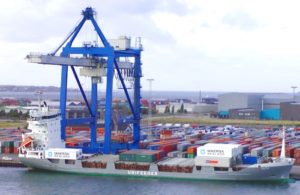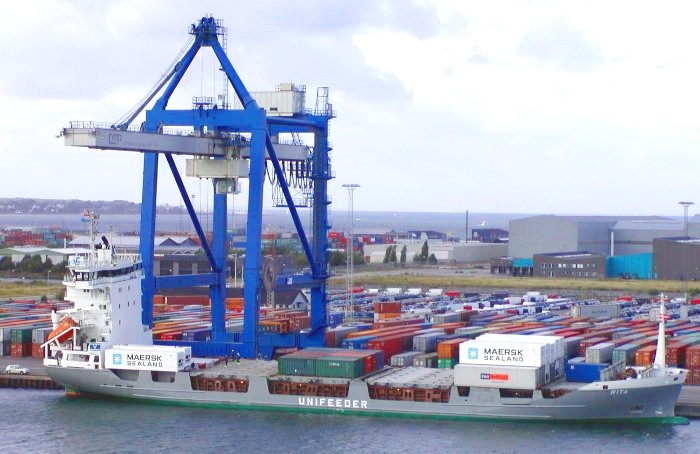 Following the dip in results in March, April saw a return to the trend of month-on-month improvements in air and sea freight seen in January and February, according to the latest edition of the Stifel Logistics Confidence Index.
Following the dip in results in March, April saw a return to the trend of month-on-month improvements in air and sea freight seen in January and February, according to the latest edition of the Stifel Logistics Confidence Index.
Nonetheless, structural issues within both industries remain, with global economic performance offering few consolations, said the report released by Transport Intelligence.
Following Drewry’s analysis showing the negative effect of expanding the size of container ships to 24,000 TEUs, carriers have reportedly undertaken a reduction of newbuilds, indicating they recognize that they are “running out of profitable trades to deploy the mega-ships.”
Nonetheless, industry analysts believe that failing carriers will not go under in the event of financial peril, considering how leading companies in the industry found ways to survive in the wake of the 2009 financial crisis.
In air freight, the situation is hardly any better, with the International Air Transport Association’s release of February volume figures showing the second month of 2016 down against the previous year by 5.6%. According to the organization, this represents the greatest year-on-year decline in three years, though this was largely derived from exceptionally strong volume figures in February 2015, a product of the West Coast Port strikes in the U.S. at the time.
Due to the growth in passenger demand, freight capacity rose by 7.5% in April, with load factors consequently down by 5.7%. Two bright spots for the industry were the Latin American and Middle Eastern regions, which saw volume improvements against the overall trend.
The air freight logistics confidence index gained 1.0 point in April 2016, totaling 49.6. This result is 7.4 points below that for April 2015, and 5.6 points lower than in April 2014.
The present situation results rose by 0.6 points to 46.0. This was chiefly derived from a gain in the Asia-to-Europe lane, the only lane to register an improvement. Both the U.S. to Europe and Europe to Asia showed declines, while Europe to U.S. was flat against the March results.
In the expected outlook, the results by lane were unanimously positive, with gains across the board. Europe to U.S. was the biggest gainer, followed by U.S. to Europe, Asia to Europe, and Europe to Asia.
The logistics confidence index for sea freight remained unchanged at 45.3, kept in balance by a weak improvement in the current situation, and a weak decline in the expected situation.
For the present situation, the index rose by 0.1 point to 41.6, with half of the lanes noting improvements. These were U.S. to Europe and Europe to U.S. These overcame declines in Europe to Asia and Asia to Europe.
Running against this, the expected situation index for sea freight fell by 0.1 point to 49.0, with the solitary gain in the U.S. to Europe lane not enough to offset declines in Asia to Europe, Europe to U.S., and Europe to Asia.
Photo: Stan Shebs





